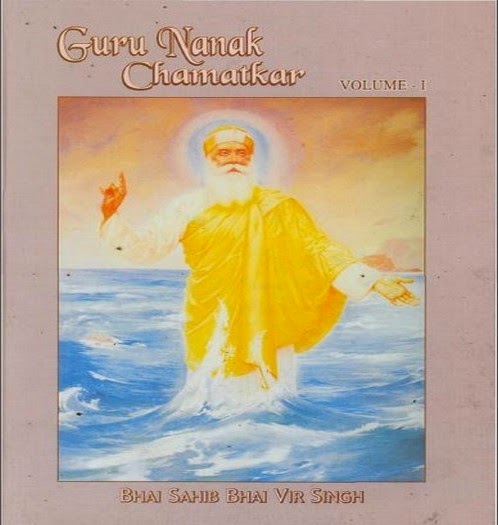‘Guru Granth Sahib and Its Context’ as suggestive
of its name, tells us about the Sikh holy book Guru Granth Sahib. Guru Granth
Sahib is a distinctive book which affirms to the belief of inter-faith
communication and provides a model of the same. This book teaches us respect for
all religions for the benefit of entire mankind.
‘Guru Granth
Sahib and its context’ is published at Bhai Vir Singh Sahitya Sadan and translated
in English by J.S Neki, which was one of the topics in the paper of the seminar,
held to commemorate the quadricentenary of the compilation of the Sikh holy
book, ‘The Guru Granth Sahib’. The compilation of this holy genius of the Sikh
community and its installation at Harmandar Sahib, Amritsar in 1604 was
celebrated by organizing seminars in five cities of India.
Guru Granth
Sahib and its context explain the holy book ‘Guru Granth Sahib’ as a doctrine
of ‘Nam’ and ‘Prem’. There are explanations of the content of Guru Granth Sahib
and the categories included. There is a mention of the first version of the
book known as ‘Adi Granth’ meaning the ‘The First Book’, compiled by the fifth
Guru, Arjan Dev, scribed by Bhai Gurdas and the final version drafted by the
ninth Guru, Gobind Singh in 1708 and the name given to the book as Guru Granth
Sahib. This ‘Granth’ (Book) comprises of works of Hindu Bhaktasagar and the
Muslim Dervishe, thereby known as a pluralist scripture without which no
Gurudwaras (places of worship for Sikhs) are complete to its truest self and
will be regarded a mere concrete building. The Guru Granth Sahib proclaims that
it represents full five centuries of spiritual wisdom - from Jaidev to Guru
Tegh Bahadur.
The following
lines describe Guru Granth Sahib as a pious book that will help realize the
ultimate ‘Providence’.
“Hold Guru
Granth Sahib in great reverence
As the living embodiment of the
Gurus.
Anyone who is desirous of meeting
the Lord, God,
Should be able to discover Him
through its holy Word!”
Download links:-
http://www.sikhbookclub.com/Book/Guru-Granth-Sahib-And-Its-Context
Download links:-
http://www.sikhbookclub.com/Book/Guru-Granth-Sahib-And-Its-Context




